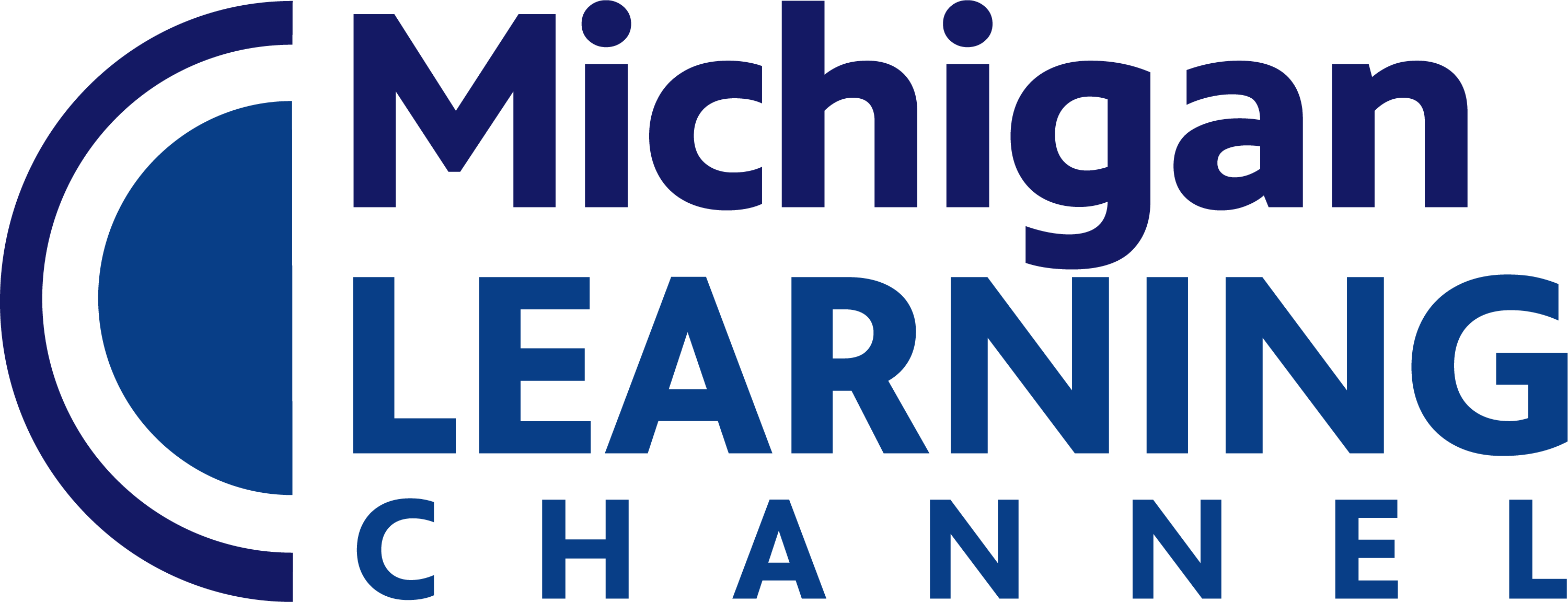Subjects
Shows
Use words, phrases, and clauses to link the major sections of the text, create cohesion, and clarify the relationships between [...]
Establish and maintain a formal style and objective tone while attending to the norms and conventions of the discipline in [...]
Cite strong and thorough textual evidence to support analysis of what the text says explicitly as well as inferences drawn [...]
By the end of grade 9, read and comprehend literature, including stories, dramas, and poems, in the grades 9–10 text [...]
Determine a theme or central idea of a text and analyze in detail its development over the course of the [...]
Analyze how complex characters (e.g., those with multiple or conflicting motivations) develop over the course of a text, interact with [...]
Determine the meaning of words and phrases as they are used in the text, including figurative and connotative meanings; analyze [...]
(+) Calculate expected values and use them to solve problems. Calculate the expected value of a random variable; interpret it [...]
(+) Develop a probability distribution for a random variable defined for a sample space in which theoretical probabilities can be [...]
(+) Develop a probability distribution for a random variable defined for a sample space in which probabilities are assigned empirically; [...]
(+) Weigh the possible outcomes of a decision by assigning probabilities to payoff values and finding expected values.*
(+) Find the expected payoff for a game of chance. For example, find the expected winnings from a state lottery [...]
(+) Evaluate and compare strategies on the basis of expected values. For example, compare a high-deductible versus a low-deductible automobile [...]
(+) Use probability to evaluate outcomes of decisions. Use probabilities to make fair decisions (e.g., drawing by lots, using a [...]
(+) Analyze decisions and strategies using probability concepts (e.g., product testing, medical testing, pulling a hockey goalie at the end [...]
Fit a linear function for a scatter plot that suggests a linear association.*
Interpret the slope (rate of change) and the intercept (constant term) of a linear model in the context of the [...]
Compute (using technology) and interpret the correlation coefficient of a linear fit.*
Understand statistics as a process for making inferences about population parameters based on a random sample from that population.*
Decide if a specified model is consistent with results from a given data-generating process, e.g., using simulation. For example, a [...]
Recognize the purposes of and differences among sample surveys, experiments, and observational studies; explain how randomization relates to each.*
Use data from a sample survey to estimate a population mean or proportion; develop a margin of error through the [...]
Use data from a randomized experiment to compare two treatments; use simulations to decide if differences between parameters are significant.*
Describe events as subsets of a sample space (the set of outcomes) using characteristics (or categories) of the outcomes, or [...]
Understand that two events A and B are independent if the probability of A and B occurring together is the [...]
Understand the conditional probability of A given B as P(A and B)/P(B), and interpret independence of A and B as [...]
Construct and interpret two-way frequency tables of data when two categories are associated with each object being classified. Use the [...]
Recognize and explain the concepts of conditional probability and independence in everyday language and everyday situations. For example, compare the [...]
Find the conditional probability of A given B as the fraction of B’s outcomes that also belong to A, and [...]
Apply the Addition Rule, P(A or B) = P(A) + P(B) – P(A and B), and interpret the answer in [...]
(+) Apply the general Multiplication Rule in a uniform probability model, P(A and B) = [P(A)]x[P(B|A)] =[P(B)]x[P(A|B)], and interpret the [...]
(+) Use the rules of probability to compute probabilities of compound events in a uniform probability model. Use permutations and [...]
(+) Define a random variable for a quantity of interest by assigning a numerical value to each event in a [...]
(+) Derive the equations of ellipses and hyperbolas given the foci, using the fact that the sum or difference of [...]
Use coordinates to prove simple geometric theorems algebraically. For example, prove or disprove that a figure defined by four given [...]
Prove the slope criteria for parallel and perpendicular lines and use them to solve geometric problems (e.g., find the equation [...]
Find the point on a directed line segment between two given points that partitions the segment in a given ratio.
Use coordinates to prove simple geometric theorems algebraically. Use coordinates to compute perimeters of polygons and areas of triangles and [...]
Give an informal argument for the formulas for the circumference of a circle, area of a circle, volume of a [...]
(+) Give an informal argument using Cavalieri’s principle for the formulas for the volume of a sphere and other solid [...]
Use volume formulas for cylinders, pyramids, cones, and spheres to solve problems.*
Identify the shapes of two-dimensional cross-sections of three-dimensional objects, and identify three-dimensional objects generated by rotations of two-dimensional objects.
Use geometric shapes, their measures, and their properties to describe objects (e.g., modeling a tree trunk or a human torso [...]
Apply concepts of density based on area and volume in modeling situations (e.g., persons per square mile, BTUs per cubic [...]
Apply geometric methods to solve design problems (e.g., designing an object or structure to satisfy physical constraints or minimize cost; [...]
Represent data with plots on the real number line (dot plots, histograms, and box plots).*
Use statistics appropriate to the shape of the data distribution to compare center (median, mean) and spread (interquartile range, standard [...]
Interpret differences in shape, center, and spread in the context of the data sets, accounting for possible effects of extreme [...]
Subjects
Shows
Use words, phrases, and clauses to link the major sections of the text, create cohesion, and clarify the relationships between [...]
Establish and maintain a formal style and objective tone while attending to the norms and conventions of the discipline in [...]
Cite strong and thorough textual evidence to support analysis of what the text says explicitly as well as inferences drawn [...]
By the end of grade 9, read and comprehend literature, including stories, dramas, and poems, in the grades 9–10 text [...]
Determine a theme or central idea of a text and analyze in detail its development over the course of the [...]
Analyze how complex characters (e.g., those with multiple or conflicting motivations) develop over the course of a text, interact with [...]
Determine the meaning of words and phrases as they are used in the text, including figurative and connotative meanings; analyze [...]
(+) Calculate expected values and use them to solve problems. Calculate the expected value of a random variable; interpret it [...]
(+) Develop a probability distribution for a random variable defined for a sample space in which theoretical probabilities can be [...]
(+) Develop a probability distribution for a random variable defined for a sample space in which probabilities are assigned empirically; [...]
(+) Weigh the possible outcomes of a decision by assigning probabilities to payoff values and finding expected values.*
(+) Find the expected payoff for a game of chance. For example, find the expected winnings from a state lottery [...]
(+) Evaluate and compare strategies on the basis of expected values. For example, compare a high-deductible versus a low-deductible automobile [...]
(+) Use probability to evaluate outcomes of decisions. Use probabilities to make fair decisions (e.g., drawing by lots, using a [...]
(+) Analyze decisions and strategies using probability concepts (e.g., product testing, medical testing, pulling a hockey goalie at the end [...]
Fit a linear function for a scatter plot that suggests a linear association.*
Interpret the slope (rate of change) and the intercept (constant term) of a linear model in the context of the [...]
Compute (using technology) and interpret the correlation coefficient of a linear fit.*
Understand statistics as a process for making inferences about population parameters based on a random sample from that population.*
Decide if a specified model is consistent with results from a given data-generating process, e.g., using simulation. For example, a [...]
Recognize the purposes of and differences among sample surveys, experiments, and observational studies; explain how randomization relates to each.*
Use data from a sample survey to estimate a population mean or proportion; develop a margin of error through the [...]
Use data from a randomized experiment to compare two treatments; use simulations to decide if differences between parameters are significant.*
Describe events as subsets of a sample space (the set of outcomes) using characteristics (or categories) of the outcomes, or [...]
Understand that two events A and B are independent if the probability of A and B occurring together is the [...]
Understand the conditional probability of A given B as P(A and B)/P(B), and interpret independence of A and B as [...]
Construct and interpret two-way frequency tables of data when two categories are associated with each object being classified. Use the [...]
Recognize and explain the concepts of conditional probability and independence in everyday language and everyday situations. For example, compare the [...]
Find the conditional probability of A given B as the fraction of B’s outcomes that also belong to A, and [...]
Apply the Addition Rule, P(A or B) = P(A) + P(B) – P(A and B), and interpret the answer in [...]
(+) Apply the general Multiplication Rule in a uniform probability model, P(A and B) = [P(A)]x[P(B|A)] =[P(B)]x[P(A|B)], and interpret the [...]
(+) Use the rules of probability to compute probabilities of compound events in a uniform probability model. Use permutations and [...]
(+) Define a random variable for a quantity of interest by assigning a numerical value to each event in a [...]
(+) Derive the equations of ellipses and hyperbolas given the foci, using the fact that the sum or difference of [...]
Use coordinates to prove simple geometric theorems algebraically. For example, prove or disprove that a figure defined by four given [...]
Prove the slope criteria for parallel and perpendicular lines and use them to solve geometric problems (e.g., find the equation [...]
Find the point on a directed line segment between two given points that partitions the segment in a given ratio.
Use coordinates to prove simple geometric theorems algebraically. Use coordinates to compute perimeters of polygons and areas of triangles and [...]
Give an informal argument for the formulas for the circumference of a circle, area of a circle, volume of a [...]
(+) Give an informal argument using Cavalieri’s principle for the formulas for the volume of a sphere and other solid [...]
Use volume formulas for cylinders, pyramids, cones, and spheres to solve problems.*
Identify the shapes of two-dimensional cross-sections of three-dimensional objects, and identify three-dimensional objects generated by rotations of two-dimensional objects.
Use geometric shapes, their measures, and their properties to describe objects (e.g., modeling a tree trunk or a human torso [...]
Apply concepts of density based on area and volume in modeling situations (e.g., persons per square mile, BTUs per cubic [...]
Apply geometric methods to solve design problems (e.g., designing an object or structure to satisfy physical constraints or minimize cost; [...]
Represent data with plots on the real number line (dot plots, histograms, and box plots).*
Use statistics appropriate to the shape of the data distribution to compare center (median, mean) and spread (interquartile range, standard [...]
Interpret differences in shape, center, and spread in the context of the data sets, accounting for possible effects of extreme [...]


